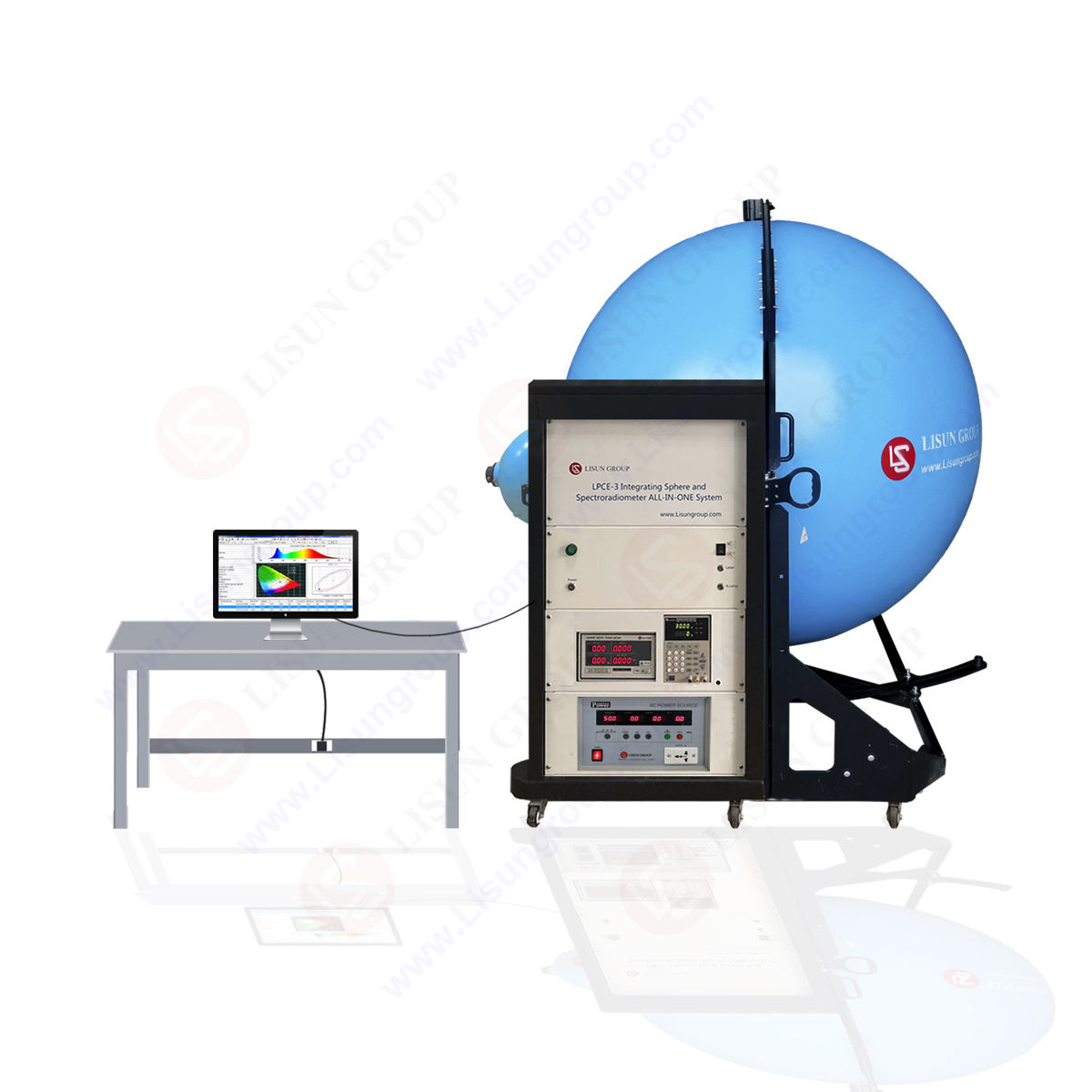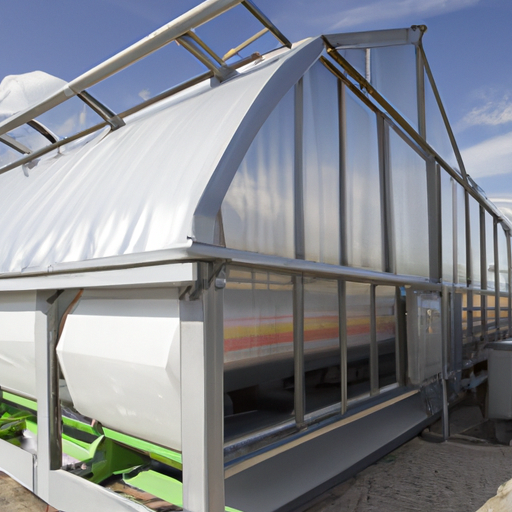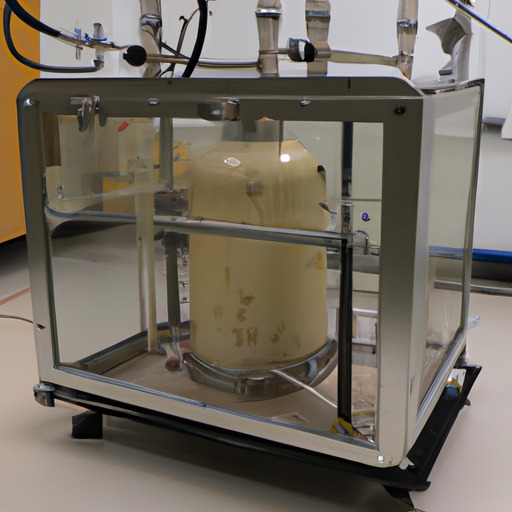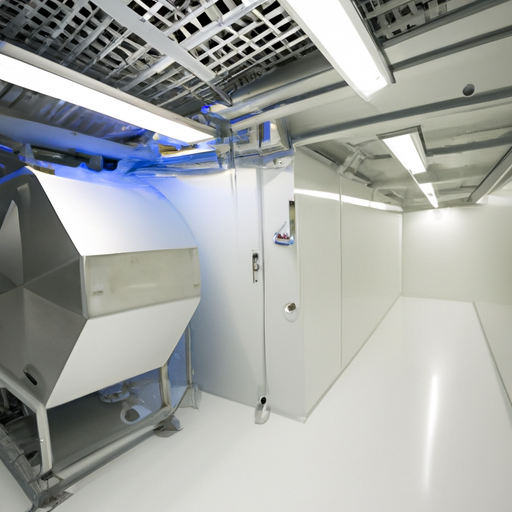From the perspective of the LED product structure and technology development, the quality criteria of LED product mainly consider the parameters of the optical properties, electrical properties, thermal properties, radiation safety and life. LED optical properties mainly involve luminous flux, radiation flux, luminous efficiency, chromaticity coordinates, correlated color temperature, color rendering index etc. At present, photoelectric test, light distribution test, optical energy test, attenuation test and pressure test and so on are the conventional test project of LED lamps. In the process of the detection, it often occurs to the enterprise that the same lamp has two inconsistent results at two testing. The reasons of this error are mainly in the following three aspects:
The first is the error from system; this is within the allowable range. Each detection system may be inconsistent, there is a certain error. Traditional lamps with error within 1.5% can be considered as qualified products, but the standard of LED lamps is still not standardized. The industry is also relatively vague to the allowable error range of LED lamps, generally the lamp may be considered as qualified if the error is within 3%-5%.
The second is the error from environment. The environment the lamp placed and the lamp’s surface contamination will result in great influence on the test, the error magnitude may up to to 7% – 8%. Especially for some smooth products with optical lens surface. Because these products has a concave convex structure, easy to hide dirt and not easy to clean, which seriously affect the luminous flux and further influence the light distribution.
The third is the error from standard and equipment. Conventional lamps’ detection need use the main equipment like, integrating sphere, goniophotometer and light radiation detection equipment. These instruments are used separately to test the luminous flux, optical properties and biological safety. Among them, the detection of light radiation is aim to the ultraviolet detection according to the requirements of Export to European Union and the blue, infrared energy detection required by Energy Star of the United States. Due to the lack of national standards and testing standards, the testing method, testing equipment and the introduction of testing standards are various. So as to cause the same product is detected to different test results in different testing organizations.
Specific to using integrating sphere to test luminous flux. Although the method is relative simple. In the test, the test personnel only need equip light intensity meter or spectrometer with integrating sphere to complete the test but no need to measure other parameters. However, because of the inside screen, joints, hole, and spraying effect and some other factors of integrating sphere will affect the test accuracy. So this put forward high technical requirements for integrating sphere manufacture.
The integrating sphere is a set of precision measurement equipment, and it should be bought with quality assurance from brand manufacturers. Otherwise, even they look like integrating sphere, but test results yield great deviation with true values, also, the stability is bad. At the same time, the integrating sphere has certain requirements for test environment. Usually it requires the ambient temperature at 25±1℃. But the size is not too strict, only relating to the size of the measured lamps. Generally speaking, the total surface area of the product being measured must be less than 2% of the total area of the inner wall of the sphere, and the maximum physical size of the linear product must be less than 2/3 of the sphere’s diameter. For example, for a LED lamp, the longest dimension an integrating sphere can test won’t exceed 2/3 of the sphere’s diameter. For manufacturers, all the above problems should be paid attention. IS-*MA with testing holding base from Lisun Electronic built-in removable holding base. Testing personnel can install different clamps on the base. It is very simple and convenient. And it is also convenient to do 4π geometry testingfor various types of light source.
Lisun Electronic (Shanghai) office is committed to the development and after-sales maintenance of lighting instrument, EMI / EMC testing system and safety testing instruments in the domestic and global market. The full range of products of Lisun are in strict accordance with the quality management and control of ISO9001:2008 requirements for R & D and production; Lisun is also the member unit of global lighting CIE association, all products are according to CIE requirements; in addition, all products of Lisun are certified by CE and get the qualification of the EU.
Tags:Reasons of error for LED Lamp Testing
 中文简体
中文简体





